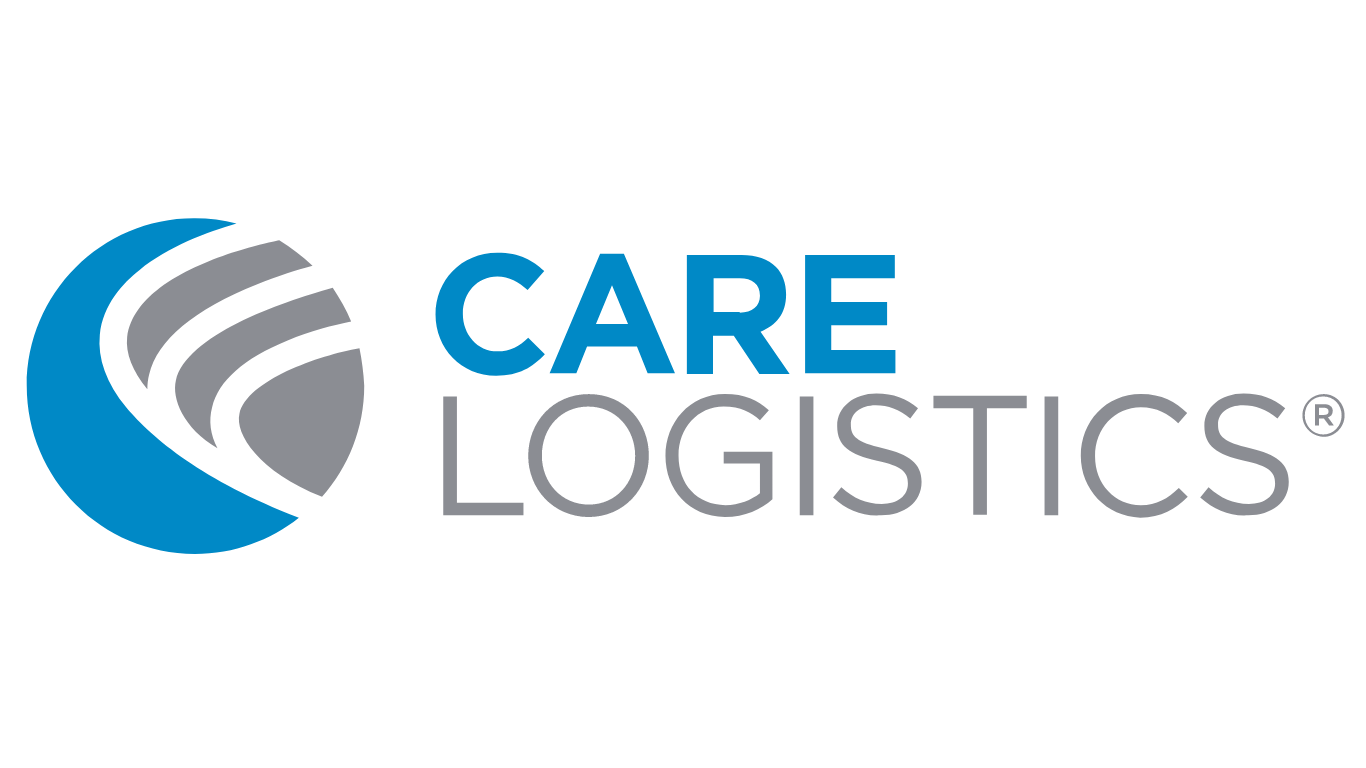Benefits of a Lean Kaizen Event to Drive Process Improvement in Healthcare Organizations
By Danny Jerez
One of the most exciting and simultaneously challenging things about process improvement in healthcare is how much opportunity exists. I hope we can agree on the fact that healthcare today requires systemic changes in order to reach the ideal model of care that we envision. In the meantime, Process Experts in the healthcare field as well as organizations as a whole have had to be very creative and resourceful in our approach to process improvement. This requires learning from other industries and fields, which brings us to the Lean Methodology.
The Lean Methodology stemmed from the Toyota production system and is commonly used and embraced in the world of manufacturing. At its core, this methodology aims to maximize the value-added steps in a given process & eliminate the wasteful steps in said process. I could spend the remainder of this post talking about the common tools & concepts such as Process Mapping, Eight Deadly Wastes, Standardization, 5S, Push vs. Pull, etc. I won’t do that, however. I want to focus on the application of the Lean Methodology through the use of Kaizen events. I want to show you, who may not have any experience with Lean, how the process can provide tremendous value through simple yet effective concepts.
Kaizen is a Japanese word that translates to “Continuous Improvement.” A Kaizen event is a structured 1.5-2 day event that centers around a specific process of interest. A current state process is mapped out, and areas of opportunity are systemically identified by identifying root causes. Solutions are then brainstormed, an action plan is put together, and a future state process is developed. This is a very high-level overview of a Kaizen event. However, I want to focus less on the inner workings of a Kaizen event and more on the direct benefit/value that any healthcare organization deciding to do this will obtain.
First and foremost, a Kaizen event provides a structure and blocked time to work on a specific problem. Many of the challenges that plague organizations (especially healthcare leaders) focusing on process improvement is a set structure and time commitment with a focus on a specific problem. This involves getting the right voices in the room, the right thought process, and a valuable and methodical use of time. For healthcare leaders and professionals, here is a rhetorical question: how many times have you set meetings to work on a specific problem where the issue is discussed for an hour, half-baked solutions are drawn up, and there is no follow-up - only to then rinse & repeat the process in 2 weeks? Cycles like this can create change fatigue.
Secondly, engaging in Kaizen events says something about the culture of an organization. There are organizations that have engaged in Lean methodology practices and consider themselves “A Lean Organization.” This takes time, and I would argue it is not realistic for most Healthcare organizations. What is more important is the journey and principles that Lean can provide. By engaging in a Kaizen event - which can be a 1.5-2 day time commitment, an organization is signaling culturally: A. This issue is important to us, B. We want to do this the right way, and C. We need the right people in the room.
Last but not least, the event itself may end after 2 days, but what’s left (if done right) is a blueprint for taking action and an engaged/excited team. This blueprint for action and engagement is crucial to the success of any process improvement initiative. The action plan should answer Who, What, and When for each identified solution. Engagement keeps the momentum going.
Once armed with all these ingredients - the right people, the structure, time commitment, thought processes, action plan & engagement - the initiative has a much better chance of succeeding and bringing results. This approach is of course not 100% foolproof, and more robust approaches and interventions may be required. However, when appropriate, this simple yet effective approach can be very powerful and is a first step towards becoming a more Process Oriented Organization.
